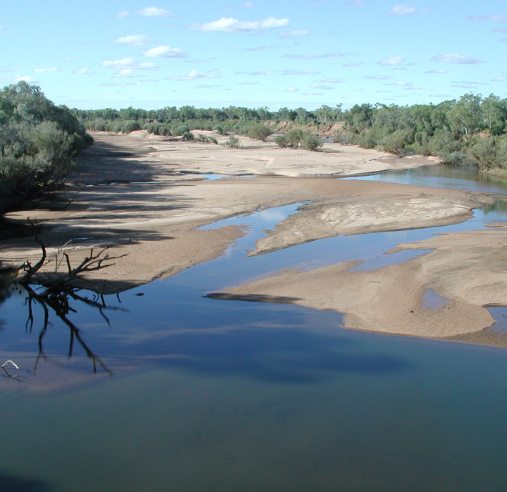Downstream issues outlined
 Experts have studied the inequality caused by rivers that cross major boundaries.
Experts have studied the inequality caused by rivers that cross major boundaries.
A study by Griffith University researchers reveals inequities experienced by countries that share watersheds, especially focusing on the distinctions between upstream and downstream nations.
A team from Griffith’s Australian Rivers Institute looked at transboundary watersheds - major river basins crossing multiple country borders.
Their research shows sediment exported from one country can affect neighbouring countries downstream.
“Global biodiversity targets have encouraged national conservation efforts to protect natural resources. However, biodiversity loss and its causes - such as poor water quality - do not follow human-made borders,” says researcher Dr Caitlin Kuempel.
Transboundary watersheds are common globally, with some crossing as many as 13 countries.
The researchers identified approximately 1,050 transboundary watersheds worldwide, with more than 85 per cent of countries (193 out of 226) having at least one transboundary watershed. In 58 countries, all watersheds were transboundary.
The experts say this widespread overlap necessitates strong management partnerships to distribute the costs and benefits of conservation actions across borders.
The study further reveals that in 112 identified transboundary watersheds, over 70 per cent of sediment produced is from a different country than where it is discharged. Additionally, sediments from 117 watersheds (41 per cent) may reach coastal environments, potentially crossing Exclusive Economic Zones (EEZs) and carrying pollutants.
“We estimate that over 500 Mt (36 per cent) of sediment released into coastal waterways travelled across multiple EEZs,” Dr Andres Felipe Suarez-Castro says.
This underscores how land use practices in one country can impact downstream environments in another.
The research primarily focused on watershed management practices but highlighted that transboundary environmental issues span across ecosystems, creating complex challenges across political and regulatory boundaries.
The study calls for improved international agreements to address these shared resource challenges and calls for enhanced cooperation among neighbouring countries.
For global conservation agreements to succeed, the researchers propose leveraging the Convention on Biological Diversity Kunming-Montreal Global Biodiversity Framework (GBF) to support and incentivise solutions to shared resource challenges.
They also suggest aligning the GBF with the UN Sustainable Development Goal (SDG) 6.5 to enhance reporting on transboundary indicators and promote stakeholder engagement across jurisdictions.
More details are accessible here.








 Print
Print